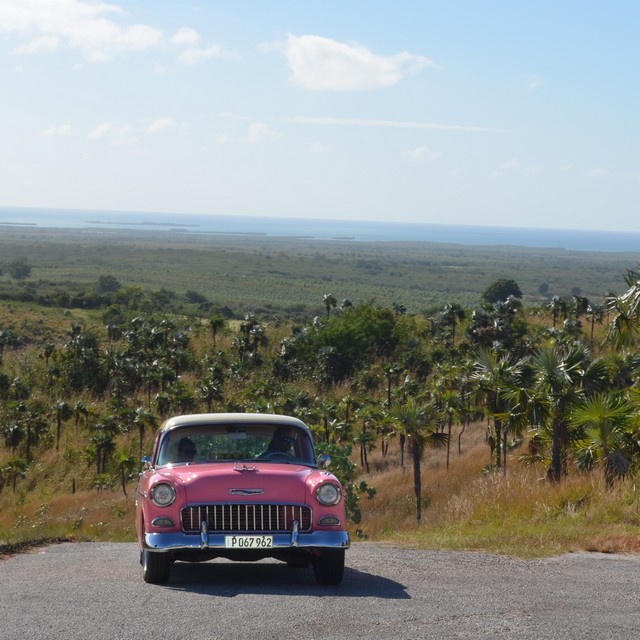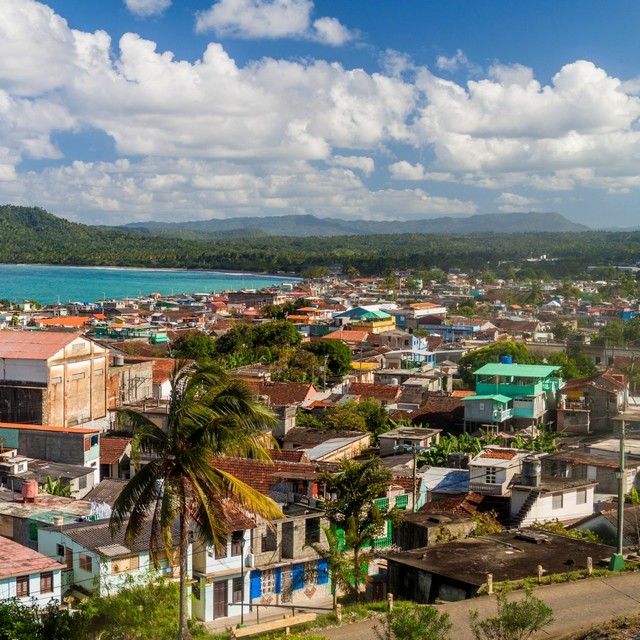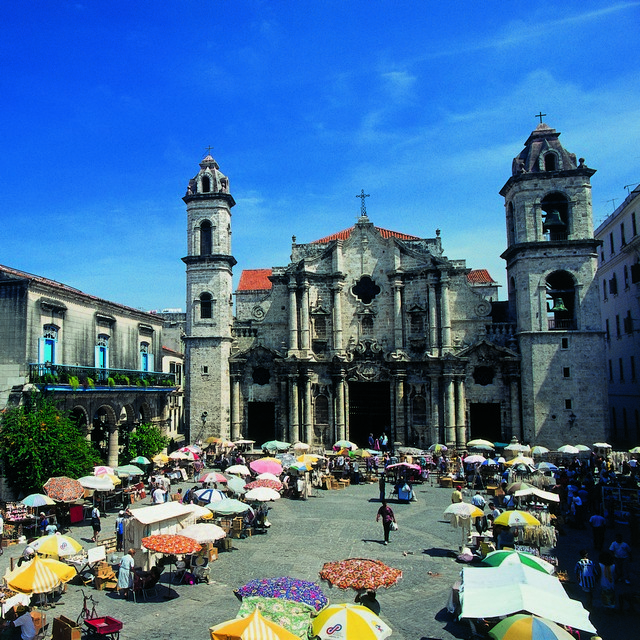
Classic Cuba
Cuba
Culture | Festivals
Colonial cities, Cuban casas & the Caribbean coast
£1,995 pp
This is the per person group tour price, based on 2 sharing. The price is subject to change with exchange rate and flight cost fluctuations.
12 days

